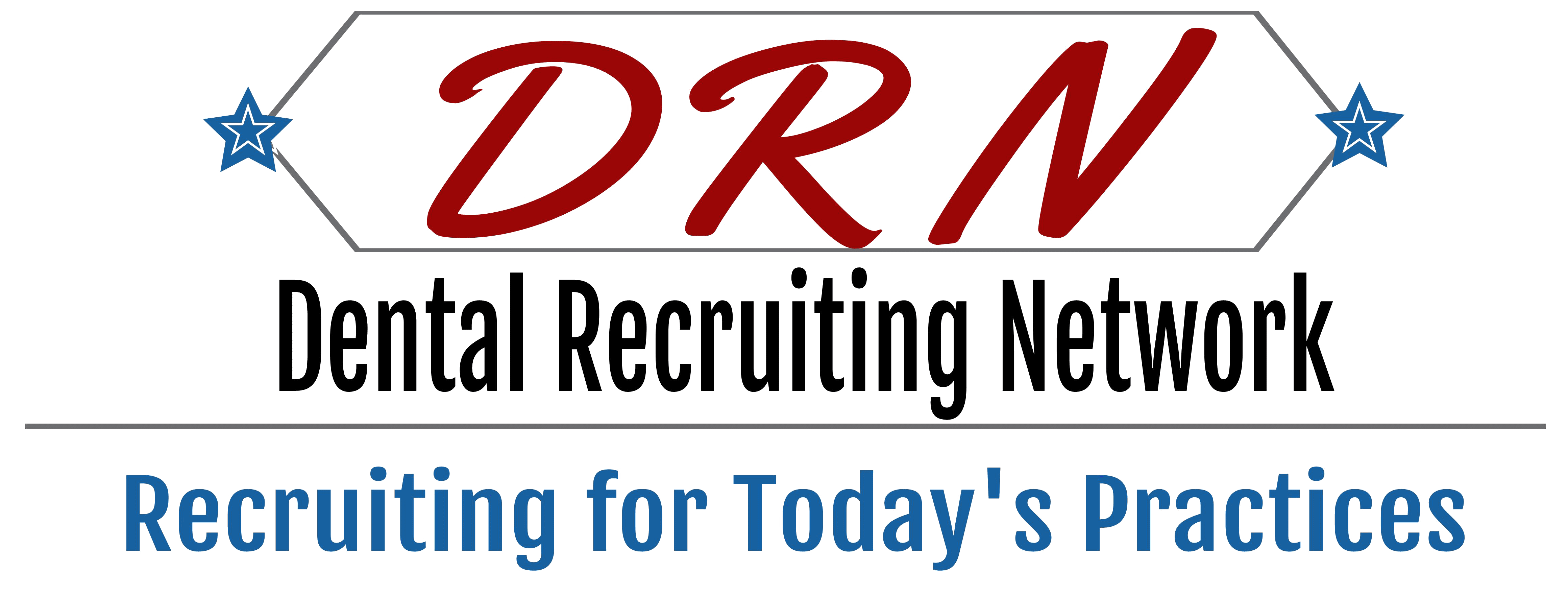Overall employment of dentists is projected to grow eight percent from 2020 to 2030, about as fast as the average for all occupations. About 5,000 openings for dentists are projected each year, on average, over the decade.
However, the need for dentists is not the same across the country. Texas is one of ten states identified as Dental Health Professional Shortage Areas (HPSAs), along with New York, Washington, Illinois, Tennessee, North Carolina, Missouri, Pennsylvania, and Ohio.
COVID-19 hit dentistry with a force never felt before, not unlike the pandemic’s effect on other sectors and society as a whole. In March 2020, the New York Times identified dentistry as one of the highest risk occupations and settings for the spread of coronavirus. Nearly overnight, dental practices across the country closed their offices and sent their teams home. Employment in dentistry in April 2020 dropped to 44% of what it was in January 2020.
But dentistry bounced back. The profession was undoubtedly well prepared to prevent the spread of disease as it applied, adapted, and amplified foundational concepts of infection control to keep patients and staff safe and get back to work. As the shutdown slowly eased up, the employment level in dental offices climbed back up to 90% of pre-pandemic levels by June and 100% by the end of 2020. By the end of October 2021, dentistry boasted employment levels that exceeded what they were pre-pandemic. Due to its resilience, dentistry is reaping the benefits of continued job growth.
Patient volume in practices must be following suit, now that we have just as many dental staff back in the office, right? Perhaps surprisingly, that is not the case. As of October 2021, patient volume in dental practices was at 90% of pre-pandemic levels, on average, nationally. There has been a consistent gap between employment levels and patient demand.
Dentistry may have “fully recovered” in terms of employment levels—sheer numbers of employees in dental offices—but those employment numbers are no longer sufficient to meet the new demands of dental practice. Practices are short-staffed. Four out of 10 practice owners indicated that they were trying to recruit dental assistants, and nearly one-third were recruiting dental hygienists in August 2021. Almost all of these hiring dentists report significant challenges in filling the vacancies. These vacancies naturally reduce practice capacity, hindering practices’ abilities to accommodate patients with the same frequency as we saw leading into 2020. Staffing shortages have created a bottleneck in dentistry’s COVID-19 pandemic recovery. On the other hand, luckily, demand for dental care remains very strong.
I do not feel that the compensation demands staff are currently asking for are sustainable. There would have to be a change in dental cost to sustain the increase in salaries. A lot of people are already unable to afford their dental care, especially with the inflation we are experiencing. Perhaps there are more creative ways to attract these candidates through other incentives offered. My advice to you is to think outside the box!
DRN will work tirelessly and continuously for our clients to assist them in finding the staff they need. We are all in this together, and remember, “this too shall pass.”
This Month’s Inspirational Quote
Everything in your life
Is a reflection of a choice
You have made.
If you want a different result,
Make a different choice.
Judy 😊

